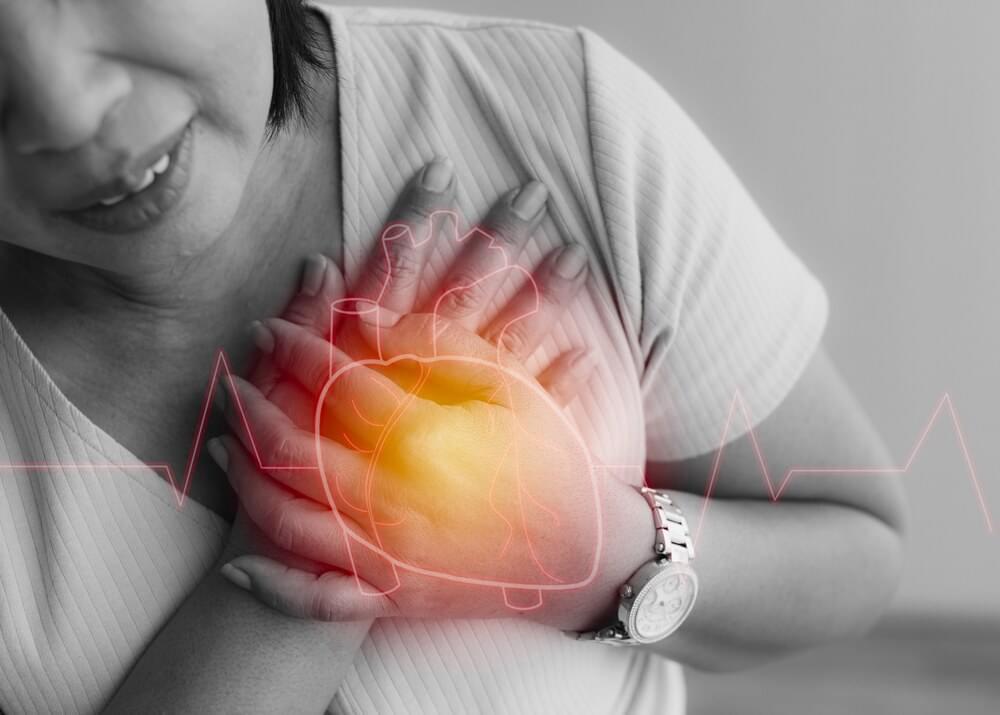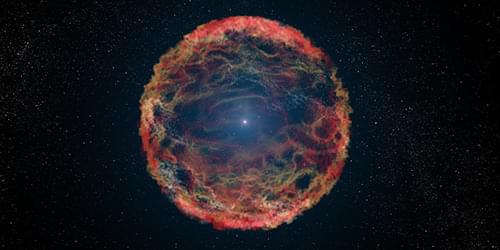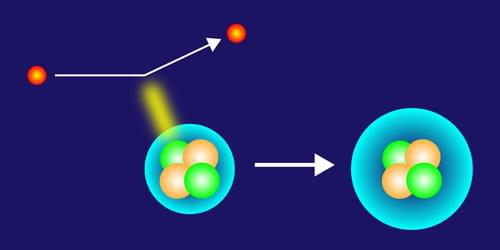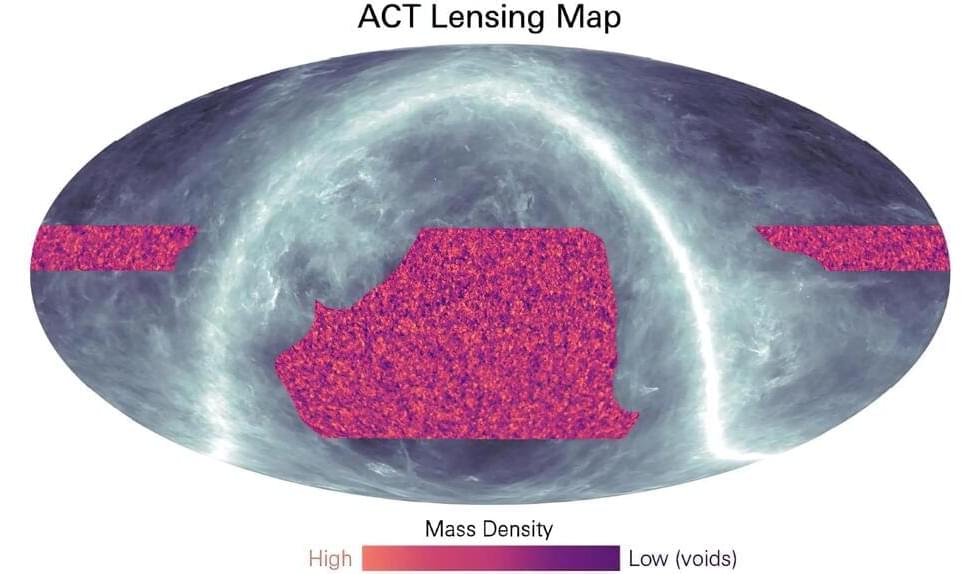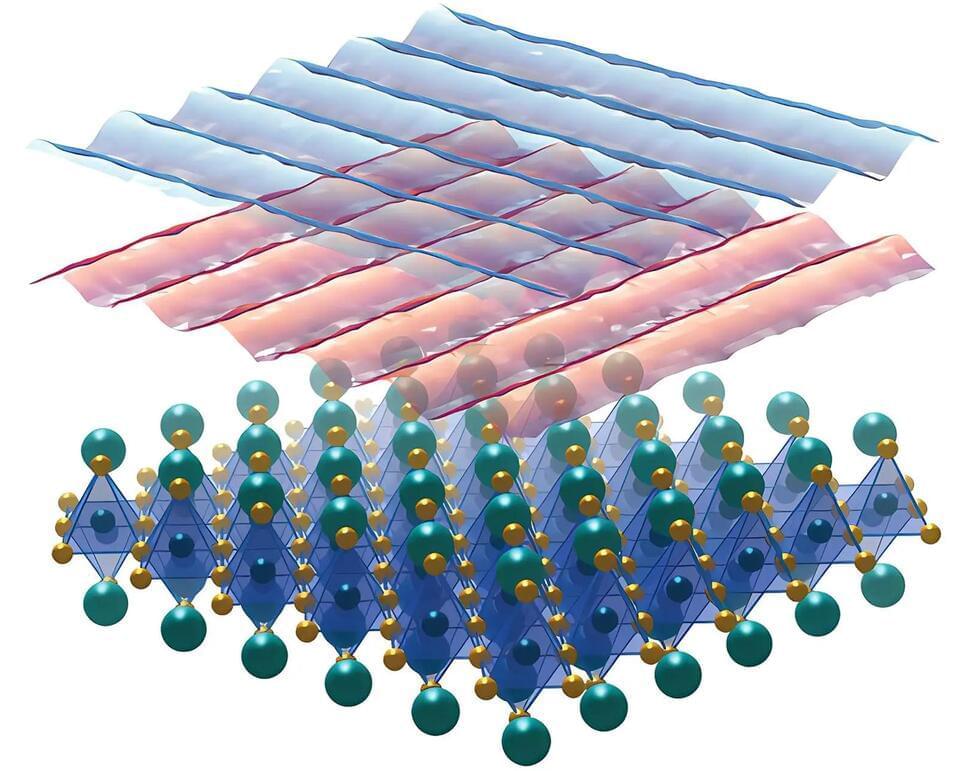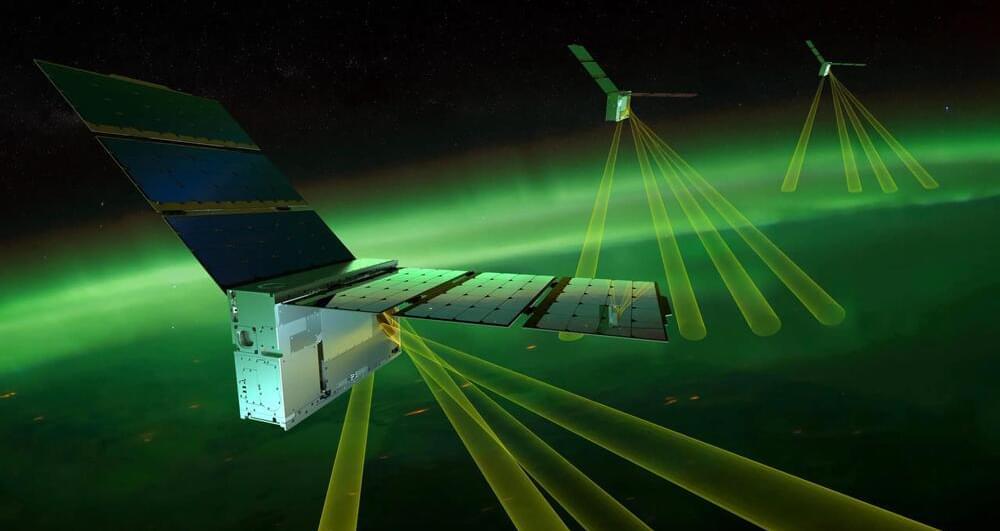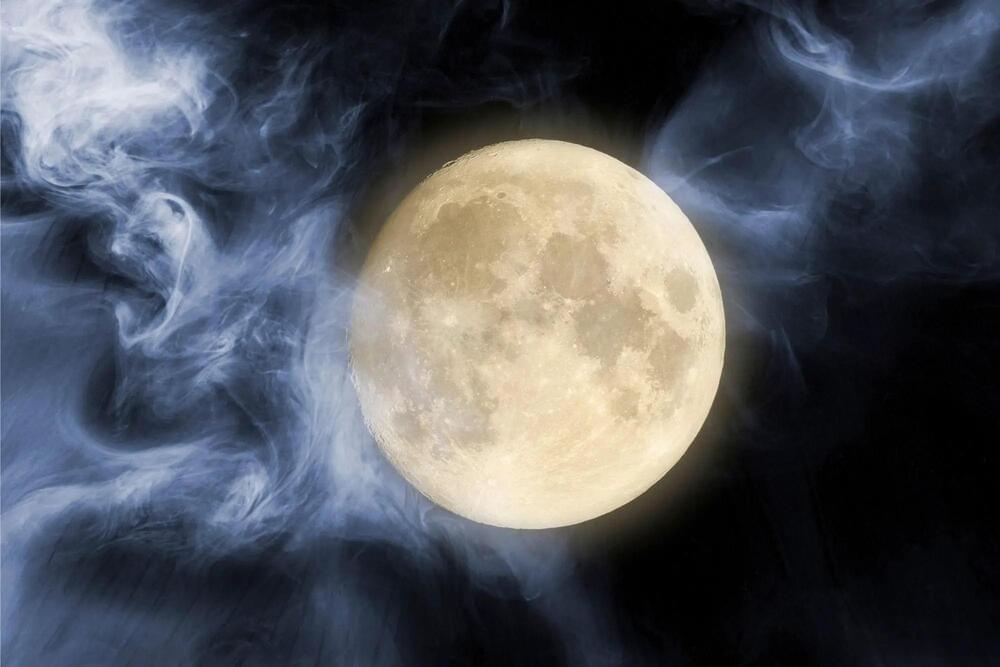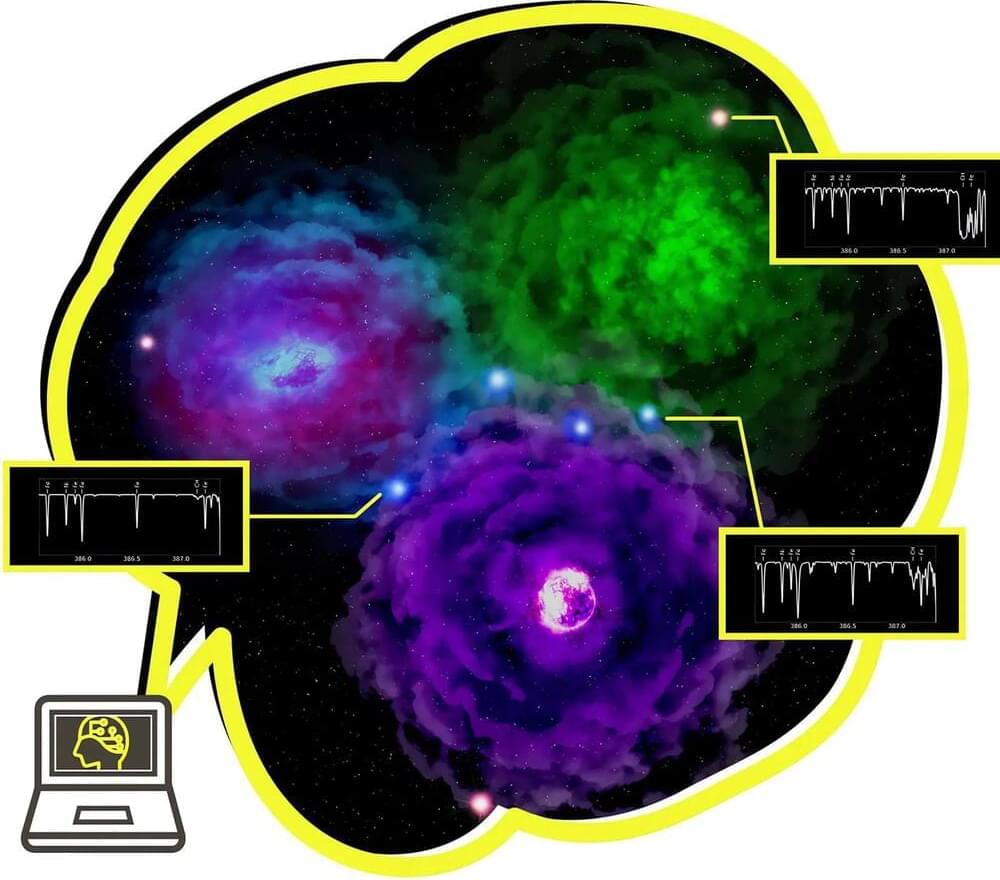Apr 12, 2023
New discovery points the way to more compact fusion power plants
Posted by Shubham Ghosh Roy in categories: nuclear energy, physics
A magnetic cage keeps the more than 100 million degree Celsius hot plasmas in nuclear fusion devices at a distance from the vessel wall so that they do not melt. Now researchers at the Max Planck Institute for Plasma Physics (IPP) have found a way to significantly reduce this distance. This could make it possible to build smaller and cheaper fusion reactors for energy production. The work was published in the journal Physical Review Letters.

